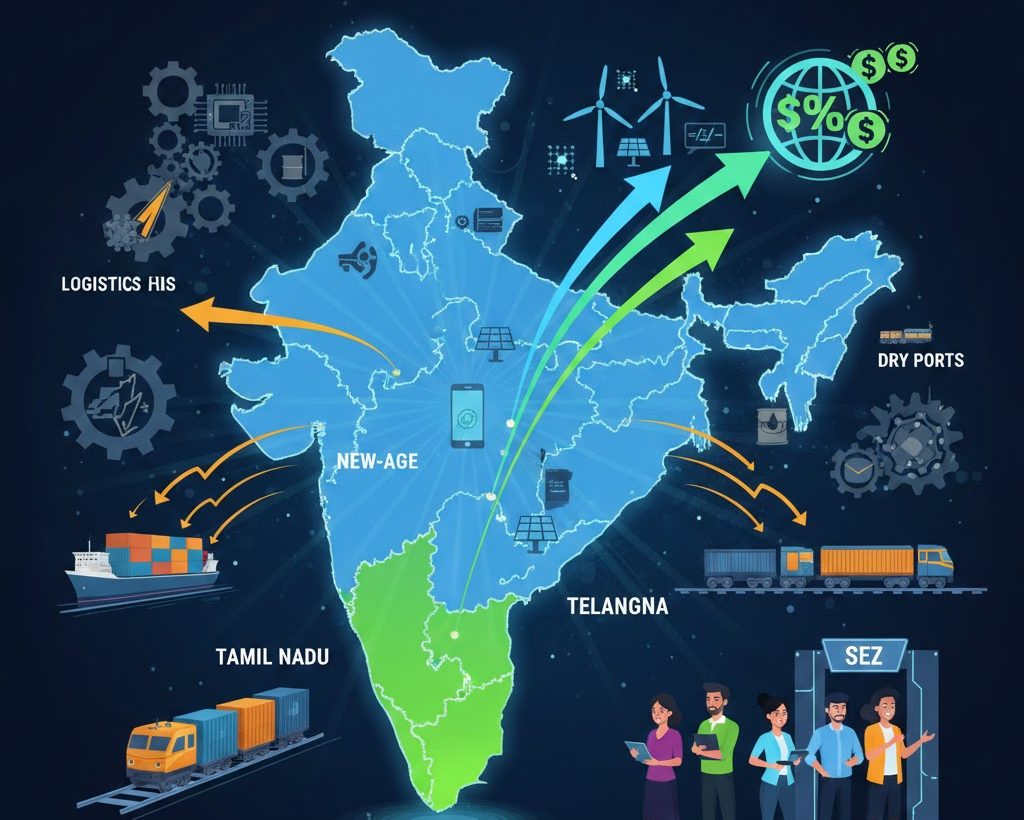Font size:
Print
Lateral Entry Scheme
Context:
The government’s ambitious Lateral Entry scheme, aimed at inducting external talent into the bureaucracy through contractual hiring of joint secretaries, has been marred by controversy and legal challenges.
More on News
- Introduced in 2019, the initiative saw 63 appointments before being put on hold last year amid political opposition over the absence of caste-based quotas.
- Adding to its uncertain future is a prolonged legal battle that began nearly five years ago, with hearings yet to commence.
- The scheme is currently under scrutiny following a case filed in February 2020 by Indian Forest Service officer Sanjiv Chaturvedi before the Nainital Bench of the Central Administrative Tribunal (CAT), challenging its legal validity and procedural framework.
The Legal Saga
- Chaturvedi’s petition argued that the scheme lacked constitutional and procedural rigour.
- As CAT resumed hearings post-COVID, the Centre requested the case be transferred to Delhi, citing its national importance.
- While CAT approved the transfer, the decision was contested by Chaturvedi in the Uttarakhand High Court (HC).
- In October 2021, the HC ruled against the transfer, prompting the Centre to approach the Supreme Court.
- A two-judge SC bench stayed the HC order in February 2022 and referred the matter to a larger bench in March 2023, citing the case’s implications for public administration.
- However, despite the constitution of a three-judge bench in July 2023, the case has yet to be heard.
Key Constitutional Questions
- Permanent Civil Services vs. Contractual Appointments: The petitioner argued that contractual appointments to permanent civil service posts violate the constitutional scheme, as outlined in multiple Supreme Court judgments.
- Article 309 of the Constitution mandates recruitment to government positions through an Act of Parliament or statutory rules framed under the President’s authority, neither of which, Chaturvedi claims, were followed for the lateral entry scheme.
- Presidential Discretion Under Article 310: The Department of Personnel and Training (DoPT) countered by invoking the “doctrine of pleasure” under Article 310, which allows the President to appoint qualified individuals to specific posts.
- However, Chaturvedi argued that these powers were not meant for large-scale recruitment.
Conflict of Interest and Procedural Gaps
- Confidentiality and Conflict of Interest: Private-sector candidates joining ministries aligned with their expertise could exploit government information upon returning to their former roles.
- Lack of Scrutiny: The scheme lacked rigorous verification methods for candidates, including their service records, integrity credentials, and expertise claims.
- Necessity: Additionally, the petitioner questioned the necessity of lateral entry, citing no shortage of qualified officers at the joint secretary level.
- A 2017 DoPT report noted that, on average, 18 empanelled officers applied for every JS vacancy, undermining the rationale for external hiring.
The outcome of the pending Supreme Court case will likely shape the trajectory of the lateral entry program and its implications for Indian bureaucracy. Until then, the debate over its legal and ethical standing remains unresolved.


